Charging types
* Depending on the condition and durability of the high voltage battery, charger specifications, and ambient temperature, the time required for charging the high voltage battery may vary.
* Actual charger appearance and charging method may vary in accordance with the charger manufacturer.
* For your safety, your vehicle may stop charging if the external charger is outdated or defective. Try charging the vehicle using a different charger that works properly.
* A maximum diagnosis time of 3 minutes may be added to check the battery condition during the battery charging process.
* Portable charging cable is sold separately.
|
Category |
AC Charge |
DC Charge |
Portable Charge |
|---|---|---|---|
|
Charging Inlet (Vehicle) |
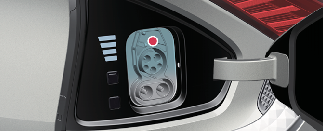 |
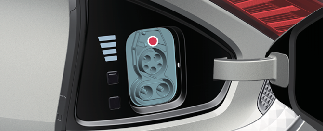 |
 |
|
Charging Connector |
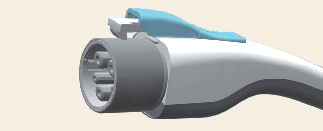 |
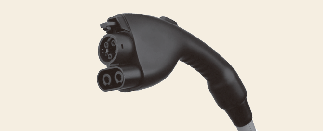 |
 |
|
Charging Outlet |
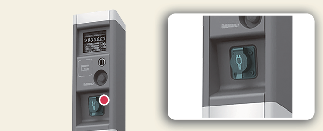 |
 |
 |
|
How to Charge |
Use AC charger installed at home or public charging station |
Use the DC charger at public charging station |
Use household current |

Type 3R enclosure satisfies the requirements of UL 50E standard when the charging connector is connected to the vehicle side charging inlet. An additional Type 3R enclosure should be provided in the end installation of the vehicle side charging inlet. The "Type 3R" marking can be found on the charging inlet.
* What is type 3R?: Performance requirement for enclosures intended for outdoor use that provides a degree of protection against falling dirt, rain, sleet, and/or snow.

Risk of Electric Shock, Do Not Disconnect Under Load.

-
Suitable For Use On A Circuit Capable Of Delivering Not More Than 30000 rms Symmetrical Amperes, 1000 Volts DC Maximum.
-
Suitable For Use On A Circuit Capable Of Delivering Not More Than 5000 rms Symmetrical Amperes, 120 Volts AC Maximum